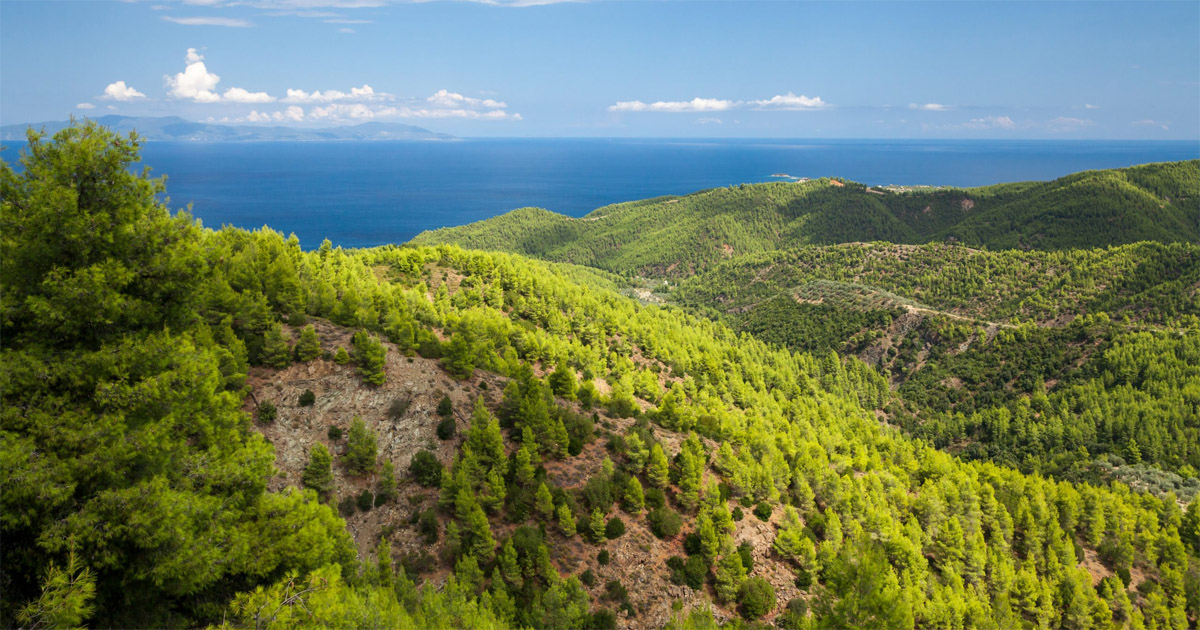Tropical peat swamp forests are carbon-rich ecosystems that have been threatened by high rates of land use change (LUC). Despite the ecosystem’s shifts from sequestering carbon (C) to emitting carbon, few studies have quantified the changes in ecosystem productivity associated with LUC in tropical peatlands. This study quantified net primary production (NPP) in intact peat swamp forests (PSF), logged forests (LPSF), early seral sites (ES), and smallholder oil palm plantations (OP) in a peat dome of West Kalimantan, Indonesia. All sites were dominated by peat forest prior to deforestation. The NPP of intact forests was 13.2 Mg C ha-1 year-1 making it among the world’s most productive terrestrial ecosystems, exceeding that of many tropical rainforests and similar to the most productive mangrove ecosystems (12.9 Mg C ha-1 year-1). Land cover change resulted in large shifts in NPP. Logged forest and early seral sites were < 11.1 Mg C ha-1 year-1. The NPP of oil palm plantations was 3.7 Mg C ha-1 year-1. Aboveground NPP was recorded at 10.5 Mg C ha-1 year-1 in forests, exceeding the NPP of LPSF, ES, and OP (8.9, 5.1, and 3.5 Mg C ha-1 year-1, respectively). Early seral sites (5.7 Mg C ha-1 year-1) were estimated to have the highest belowground NPP (p = 0.05). Root productivity in PSF, LPSF, and OP was 2.7, 2.1, and 0.2 Mg C ha-1 year-1, respectively. Land use change and forest degradation have reduced the productivity of tropical peatlands.
Download:
DOI:
https://doi.org/10.1007/s11027-018-9811-2
Altmetric score:
Dimensions Citation Count:























